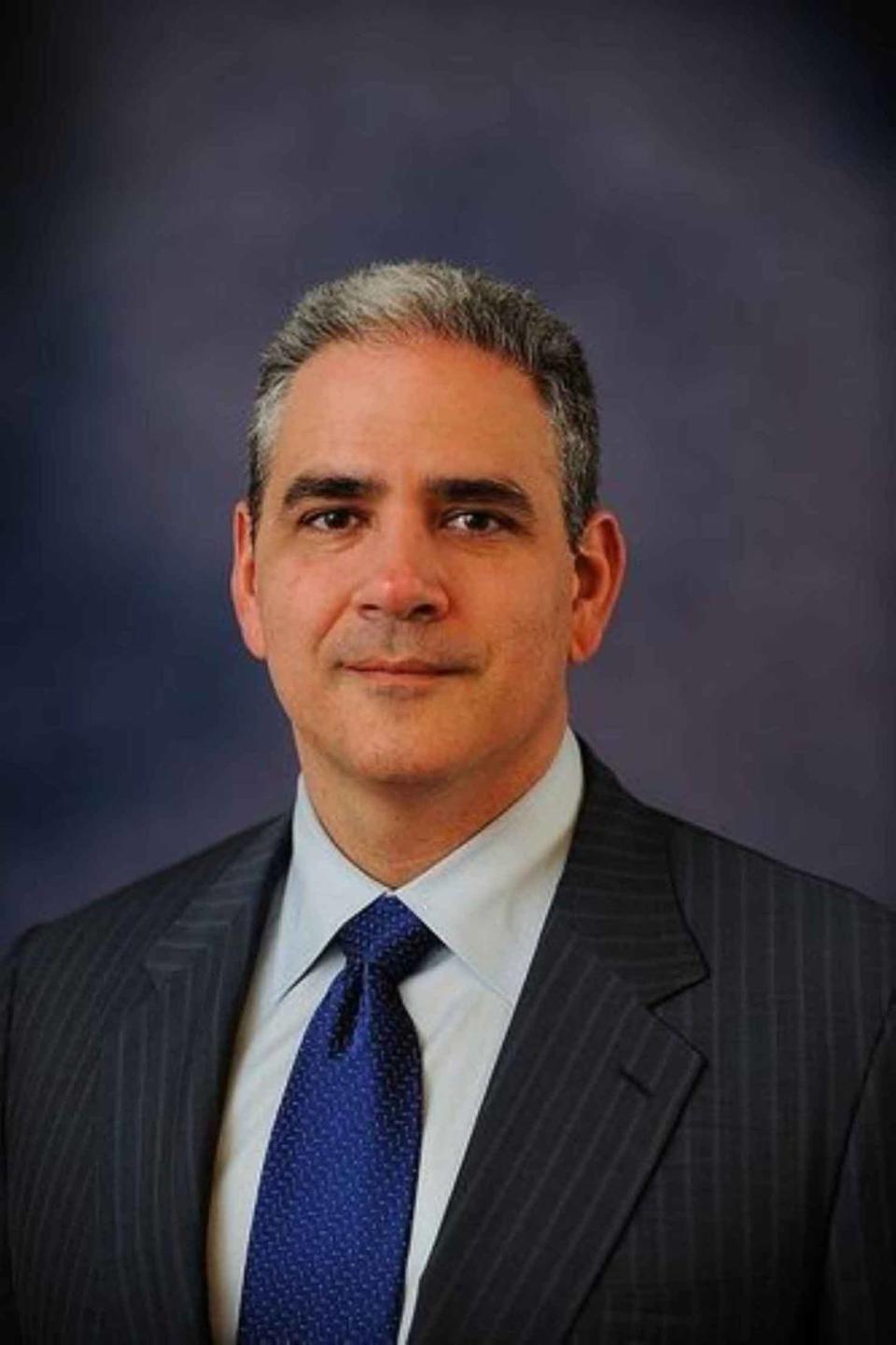Owner of five hospitals in South Florida files for bankruptcy. Will it affect you?
Steward Health Care, the largest physician-owned healthcare network in the U.S., with hospitals across the country and in Florida, has filed for Chapter 11 bankruptcy.
Steward, which owns Palmetto General Hospital in Hialeah and North Shore Medical Center in North Miami-Dade, filed for bankruptcy protection Monday in the U.S. Bankruptcy Court for the Southern District of Texas.
The Dallas-based company, which was founded by Cuban American and Floridian Dr. Ralph de la Torre, promised in a statement that patient care will not be affected during the bankruptcy process.
Here’s what to know:
Which Florida hospitals does Steward Health Care own?
Steward Health Care operates eight hospitals in Florida and five are in South Florida:
▪ Palmetto General Hospital, 2001 W 68 St. in Hialeah
▪ Coral Gables Hospital, 3100 Douglas Rd. in Coral Gables
▪ Hialeah Hospital, 651 E 25th St. in Hialeah
▪ North Shore Medical Center, 1100 NW 95th St. in North Miami-Dade
▪ Florida Medical Center, 5000 W. Oakland Park Blvd. in Lauderdale Lakes
Steward bought the South Florida hospitals from Tenet Healthcare for $1.1 billion in 2021, as the Miami Herald has previously reported. Steward’s other Florida hospitals are Melbourne Regional Medical Center, Rockledge Regional Center and Sebastian River Medical Center.
Steward Health Care files for bankruptcy: What does it mean?
Steward, which reportedly has more than $1 billion in debt, filed for bankruptcy protection under Chapter 11 of the U.S. Bankruptcy Code, which lets businesses reorganize their debt while continuing to operate.
The company, in a statement, said it’s in the process of negotiating terms in court for a loan from Medical Trust Properties, the landlord that owns all of Steward’s real estate, for “initial funding of $75 million and up to an additional $225 million.”
Steward’s hospitals and medical centers will remain open and doctors can keep caring for patients during the bankruptcy process. While the bankruptcy process for every company varies, it generally takes between six months and two years, though some cases can last more than five years, according to Debt.org
“The bankruptcy declaration should only embolden the administration, the Legislature, the healthcare industry, and all those who value the health of our communities to immediately take whatever steps are needed to ensure the preservation of these facilities and the safe transition to more stable and responsible not for profit ownership,” reads a joint statement by 1199SEIU, United Healthcare Workers East with the Minnesota Nurses Association. 1199SEIU is a union that represents more than 450,000 healthcare workers in the country. Its Florida chapter has more than 25,000 healthcare employees in the hospital and nursing home industry.
Will Steward Health bankruptcy affect patient care?
Steward, which has more than 30 hospitals in the country, said it doesn’t expect the bankruptcy process to affect “day-to-day operations.”
“Steward’s hospitals, medical centers and physician’s offices are open and continuing to serve patients and the broader community and our commitment to our employees will not change,” Steward said in a statement.
However, it’s too soon to say what will happen to Steward’s hospitals and medical centers once the bankruptcy process is over, according to John McDonough, a professor of the practice of public health at the Harvard T.H. Chan School of Public Health who has kept tabs on the Steward Health Care saga.
When asked about what might happen to Steward’s Florida hospitals, McDonough, speaking generally about how bankruptcy tends to work for healthcare systems, said it’s possible some hospitals will be sold to another investor that wants to continue offering healthcare services. Hospitals could also be sold and converted to another type of business or be sold for their land and torn down for development.
“It’s really too early to say what might be the result,” McDonough said. “And generally speaking, the facilities that cater to underserved populations tend to become the most vulnerable in these circumstances.”
Hialeah Mayor Esteban Bovo, in a statement, said the city will monitor developments to ensure patients have continuity of care.
“I have been in communication with the Hospitals’ leadership, and would like to assure the residents of the City of Hialeah that the service at both Hialeah and Palmetto hospitals will not be affected as a result of the bankruptcy action,” Bovo said.
What led Steward Health Care to bankruptcy?
Steward CEO Dr. Ralph de la Torre said the hospital system had recently taken steps to help stabilize operations, including securing “bridge financing,” which is a short-term loan, and selling its nationwide physician network to Optum, a subsidiary of United HealthGroup.
In a statement, de la Torre said the company decided to declare bankruptcy over rising costs and the delay in finalizing the sale of its physician network.
He also blamed decreasing and “insufficient” reimbursement rates by Medicare and Medicaid, “skyrocketing labor costs, increased material and operational costs due to inflation, and the continued impacts of the COVID-19 pandemic.”
Here are the key things to know from McDonough, the Harvard expert:
▪ The Steward saga began in 2010, when the Archdiocese of Boston sold its Caritas Christi Health Care system to New York investment firm Cerberus Capital Management. Cerberus, the private equity firm, rebranded Caritas Christi Health to Steward Health Care System and began an “aggressive expansion,” buying up hospitals and other medical facilities across the country, he said.
▪ In 2016, Steward sold all its real estate — buildings and land, including its Florida hospitals — for $1.25 billion to Medical Trust Properties, which the Wall Street Journal says is one of the largest U.S. hospital landlords in the country. While Steward was still running the operations, its hospitals now had to pay rent to Medical Trust Properties to operate on the same property Steward once owned. Steward used the profits it got to buy more hospitals, according to McDonough.
▪ As Steward’s money problems worsened, so did the conditions of its hospitals and ability to care for patients, with reports of delays in payments to workers and vendors, job losses, insufficient supplies and broken equipment at some places. Steward’s financial crisis, the lavish lifestyle of its CEO, and its more than decade old refusal to provide financial information to Massachusetts, as is required by state law, eventually drew the eyes of Massachusetts government officials, including U.S. Sen. Elizabeth Warren.
▪ Bottom line: Steward’s owners were more focused on making a profit quickly, and the debt caught up to them, according to McDonough. “They felt they had no choice but to sell themselves out to Wall Street and people who rely on these facilities are now paying the price or will pay the price.”



